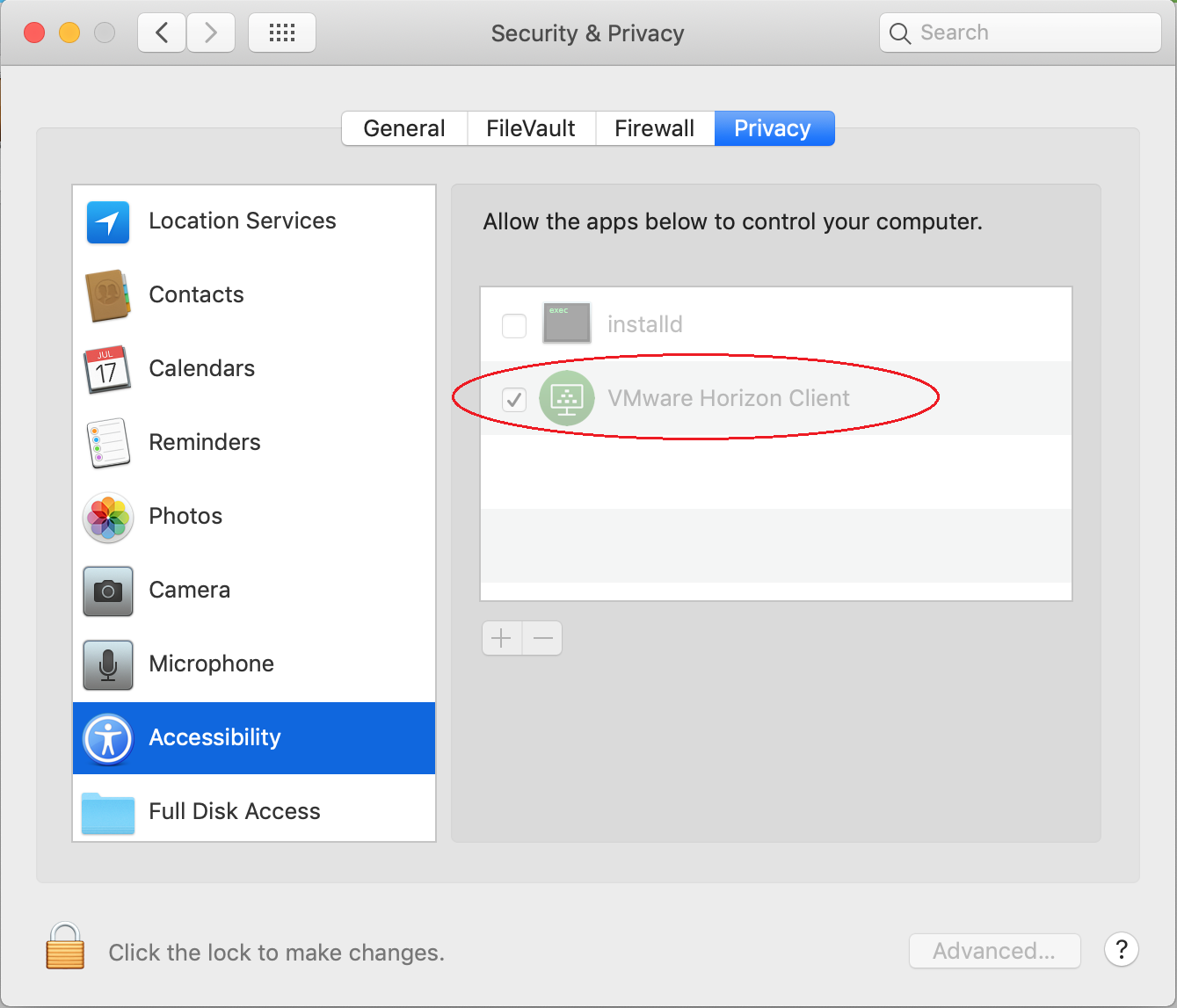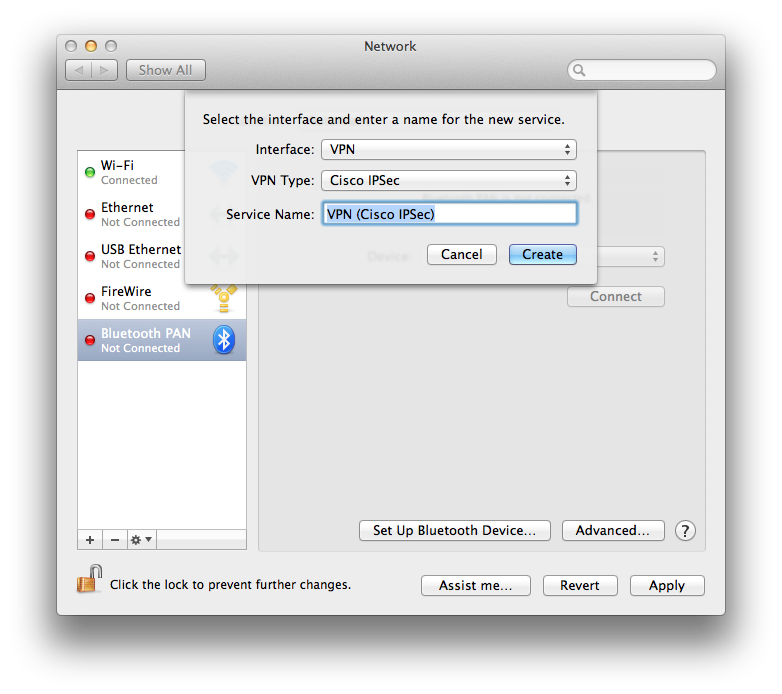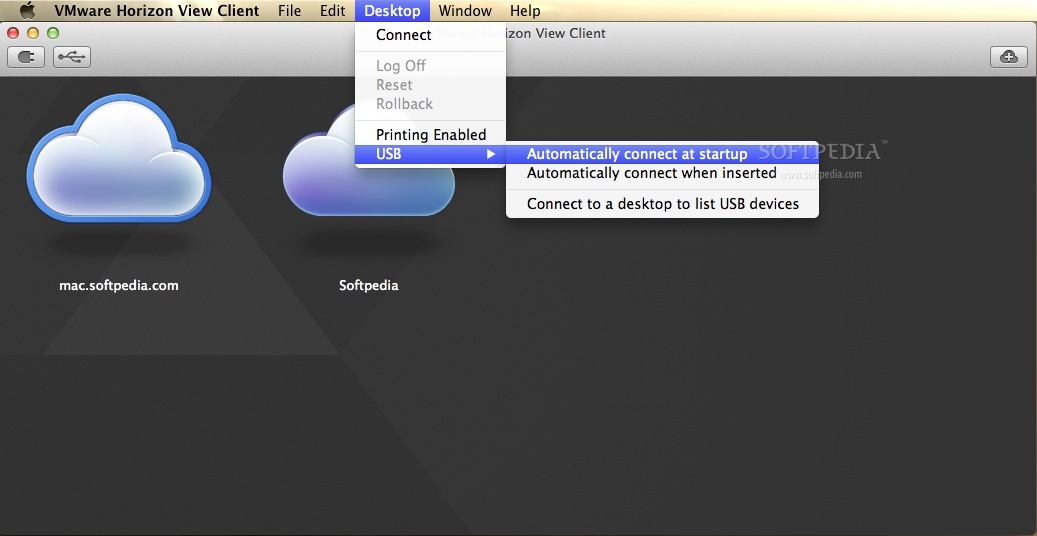
So what do you do when your vCenter server is down or what to do if you only have one ESXi server? The only problem with that is that it only works with vCenter. And you can access that from your Linux system and Mac OS X. The longer answer is: do you need one? And is there an alternative? For most day to day operations you should move to the vSphere Web Client. If it works, you can both upload files and deploy OVF files.If you are using a Linux-based pc or Mac OS X and want to manage a vSphere-environment then you might ask yourself the question if there is a native OS-version of the vSphere Client available for your platform. If it instead installs very quickly, you can be fairly certain it didn’t installed correctly and probably VMware has changed something yet again.

If it’s working correctly the “Running package scripts…” will take many minutes to run as it executes “openssl” to generate the following: /Applications/VMware Client Integration Plug-in.app/Contents/Library/data/ssl/dh512.pem This will create a hack to allow the packaged libraries to be used when the package scripts get run. $ sudo ln -s /Applications/VMware\ Client\ Integration\ Plug-in.app/Contents/Frameworks /build/toolchain/mac32/openssl-1.0.1m/lib There are a number of possible solutions, including the one above, but the below seems the cleanest and doesn’t require multiple installs.īefore installing the application, do the following: $ sudo mkdir -p /build/toolchain/mac32/openssl-1.0.1m What you need to do is ensure the libraries will be there when the installer gets to the “Running package scripts…” section on initial install.


The issue is that the installer finishes, but silently fails due to missing libraries, libraries that probably existed in earlier OS X versions.īecause the libraries don’t exist, necessary certificates don’t get generated, and even re-running the installer from the application directory won’t solve it (including with the below hack).


 0 kommentar(er)
0 kommentar(er)
